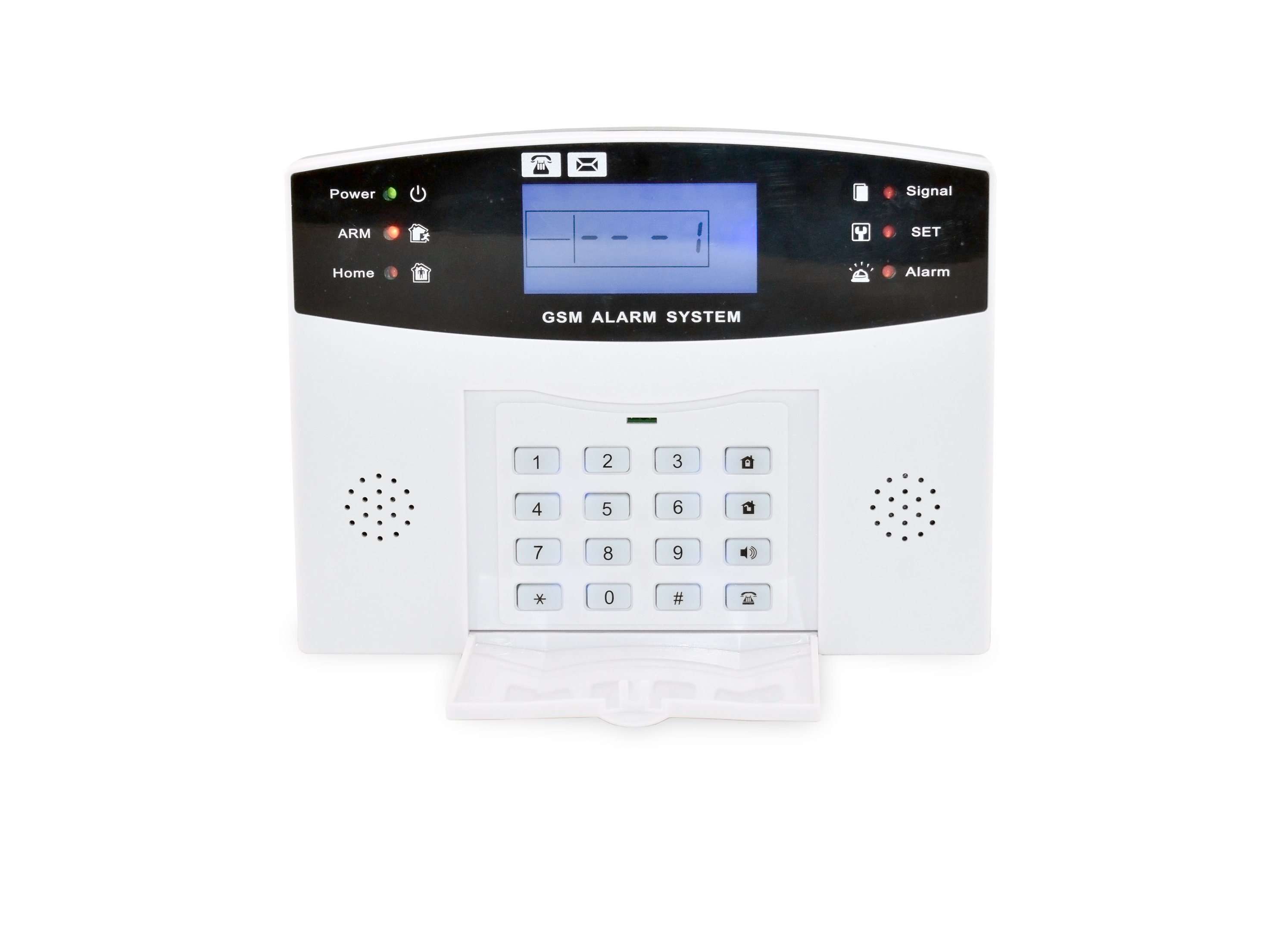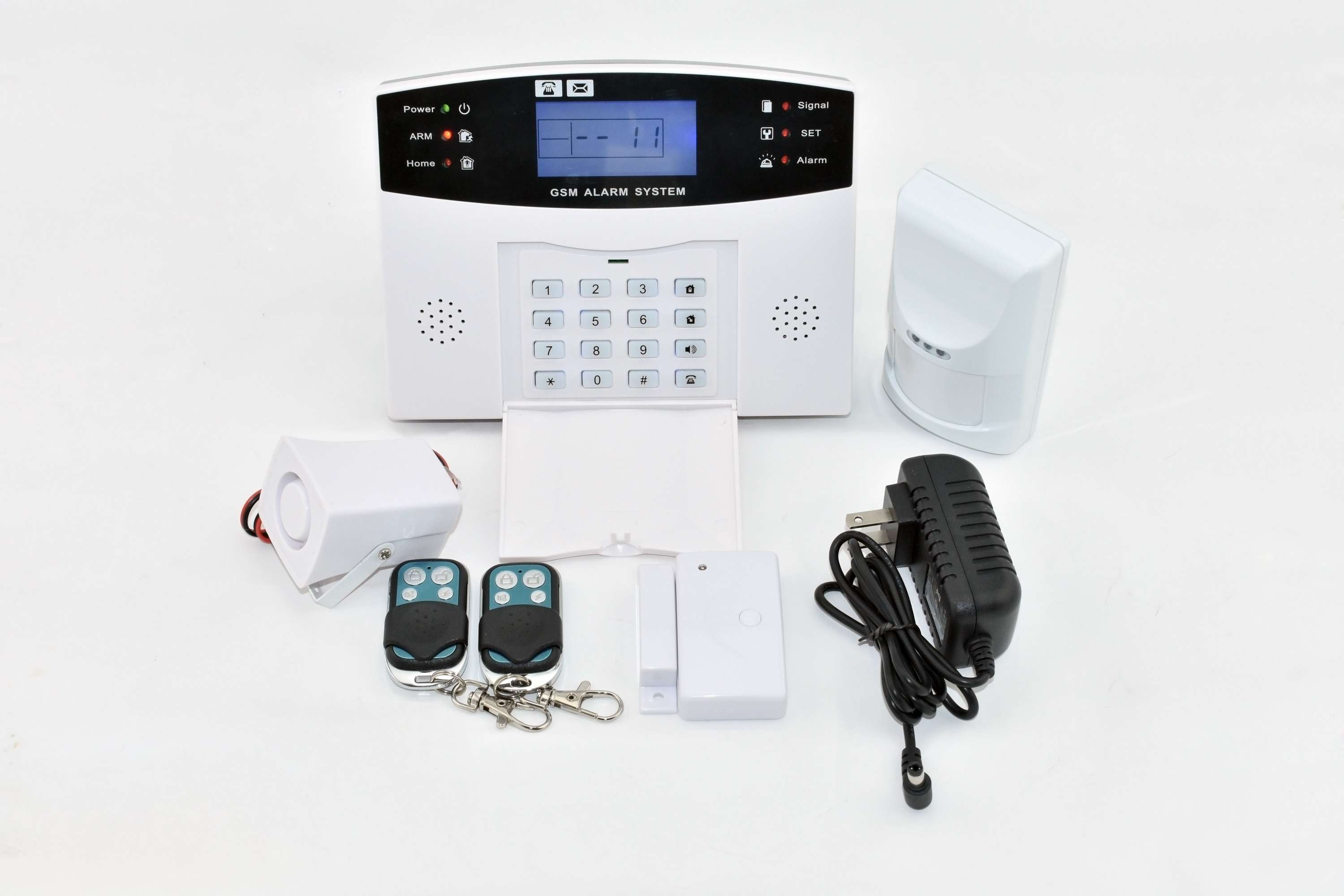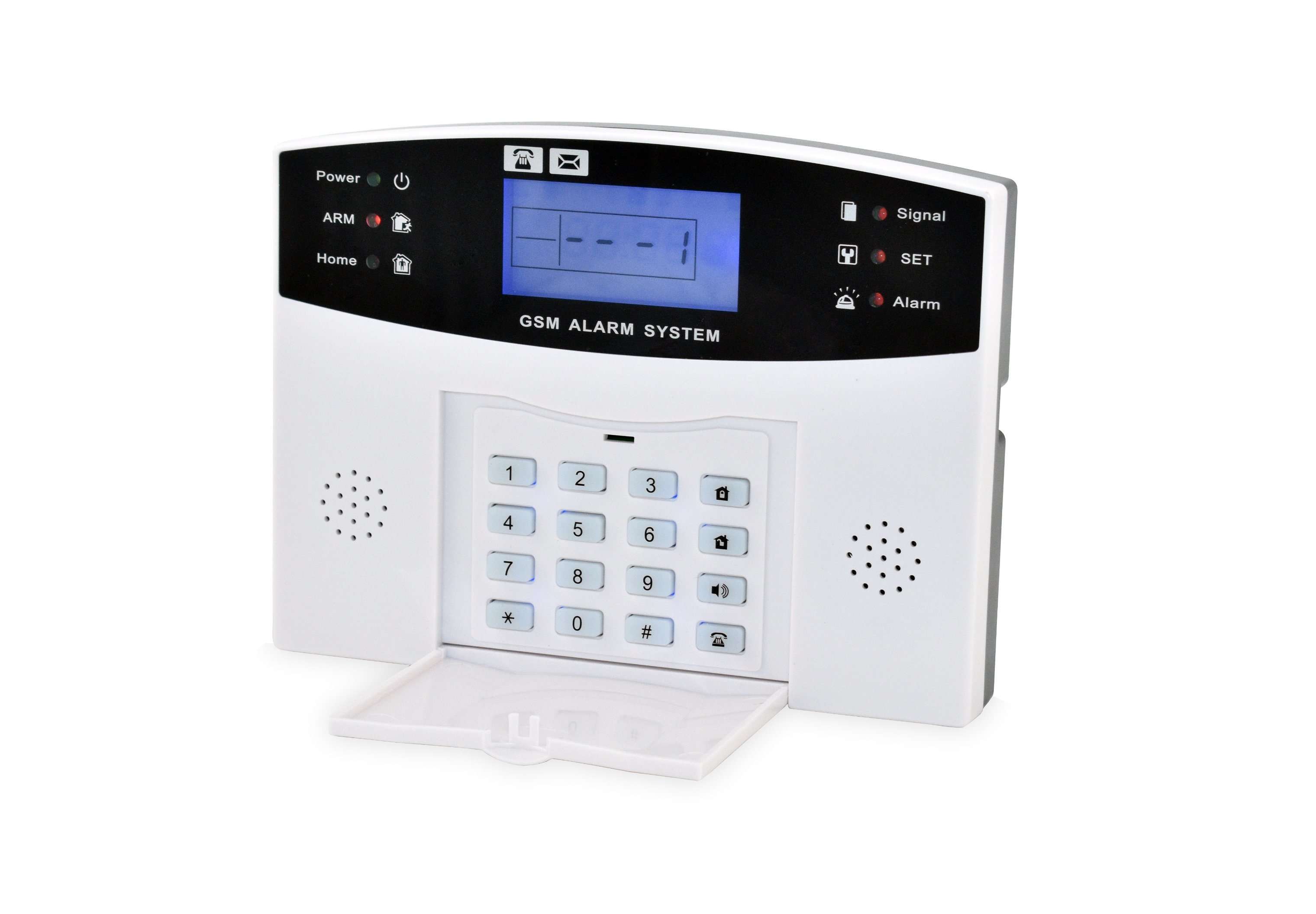How Do Wireless Home Security Alarm Systems Prevent Jamming?
In the realm of modern home security, wireless technology has become increasingly prevalent, offering convenience, flexibility, and heightened protection for homeowners. Among the array of features and advancements, one critical aspect that often garners attention is how these systems prevent jamming – a potential vulnerability that could compromise the security of a premise. In this article, we delve into the mechanisms and strategies employed by wireless home security alarm systems to thwart jamming attempts.Wireless home security alarm systems have revolutionized the way we safeguard our homes. Unlike traditional wired systems, which rely on physical connections between sensors and control panels, wireless systems utilize radio frequency (RF) signals to transmit data. This enables seamless installation without the need for extensive wiring, offering greater flexibility in sensor placement and system expansion.
1. The Vulnerability of Wireless Systems to Jamming
While wireless technology offers numerous advantages, it also introduces vulnerabilities, one of which is susceptibility to jamming. Jamming involves the deliberate interference with RF signals used by security systems, rendering them incapable of transmitting or receiving data effectively. This interference can be initiated by malicious individuals seeking to bypass or disrupt the system for nefarious purposes, such as unauthorized entry or theft.
2. To combat the threat of jamming, wireless home security alarm systems employ several key strategies:
Frequency Hopping Spread Spectrum (FHSS) Technology:
Many modern wireless security systems utilize FHSS technology, which dynamically changes the frequency of transmission across a wide range of channels. By hopping between frequencies in a predetermined sequence, the system mitigates the impact of jamming on any single channel, making it significantly more challenging for attackers to disrupt communication.
Encryption and Authentication:
Robust encryption protocols, such as Advanced Encryption Standard (AES), are employed to secure data transmitted between sensors and the control panel. Additionally, authentication mechanisms verify the identity of connected devices, preventing unauthorized access and tampering. These security measures ensure that even if jamming attempts occur, the intercepted data remains unintelligible to malicious actors.


Signal Strength Monitoring:
Wireless security systems continuously monitor the strength and integrity of RF signals received from sensors. Anomalies in signal strength, indicative of potential jamming attempts or environmental interference, trigger automated responses, such as system alerts or signal frequency adjustments, to maintain operational integrity.
Dual-Path Communication:
Many advanced wireless security systems incorporate dual-path communication, utilizing both cellular networks and Wi-Fi connections for data transmission. This redundancy ensures uninterrupted communication even if one channel is compromised or subject to jamming, enhancing system reliability and resilience.

Jamming Detection Algorithms:
Sophisticated algorithms analyze incoming RF signals in real-time to detect patterns indicative of jamming activity. By distinguishing between normal signal fluctuations and deliberate interference, these algorithms enable swift identification and mitigation of jamming attempts, thereby preserving the system's integrity.
Wireless home security alarm systems represent a pinnacle of modern security technology, offering unparalleled convenience, flexibility, and protection for homeowners. However, their reliance on RF signals also exposes them to potential vulnerabilities, such as jamming. Through the implementation of advanced technologies and strategies, including FHSS, encryption, signal monitoring, dual-path communication, and jamming detection algorithms, these systems effectively mitigate the risk of jamming, ensuring robust protection against unauthorized intrusion and tampering. As the landscape of home security continues to evolve, ongoing innovation and vigilance remain paramount in safeguarding homes and preserving peace of mind.
security alarm system wifi security alarm system home security alarm system
 简体中文
简体中文
